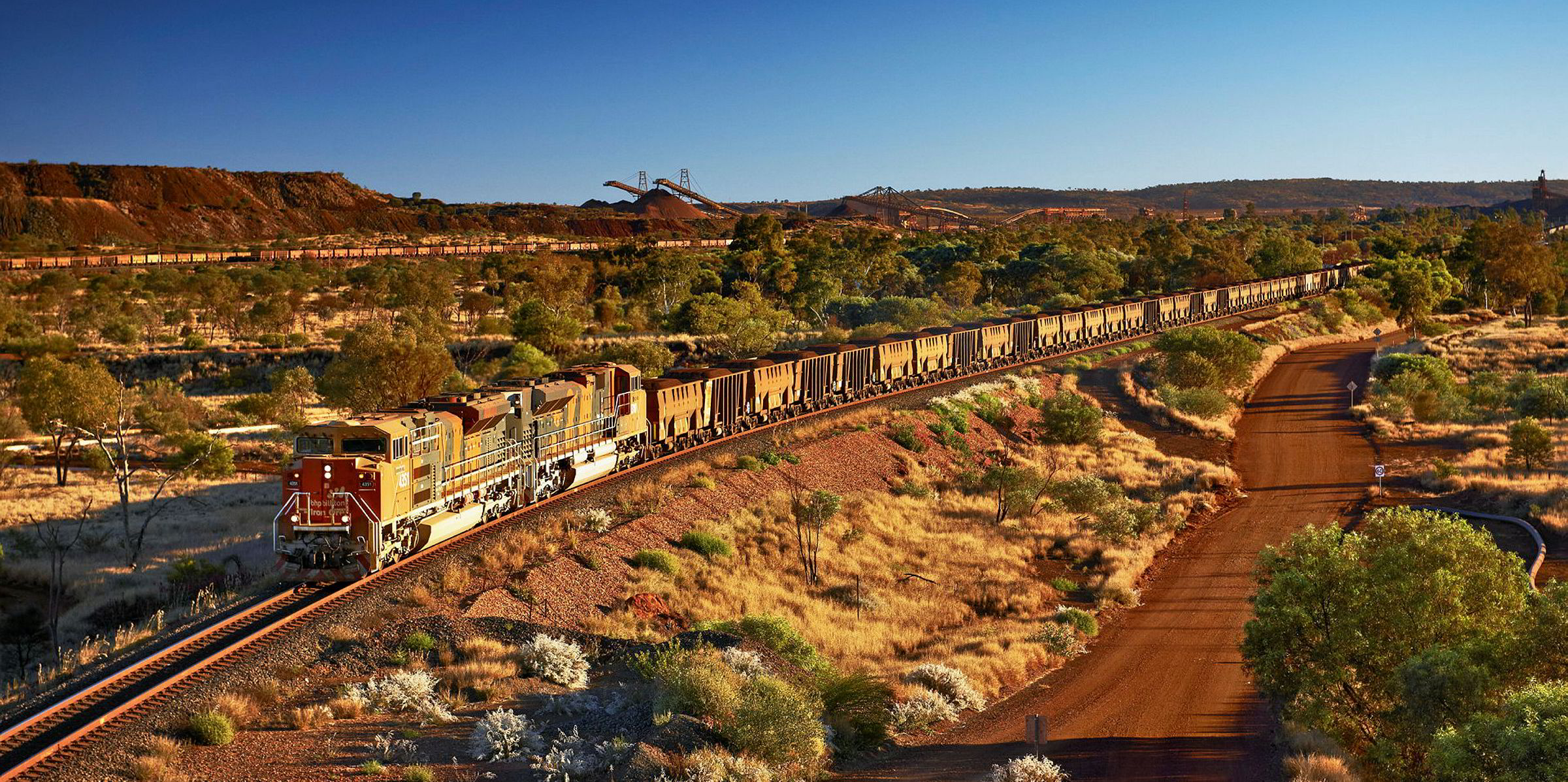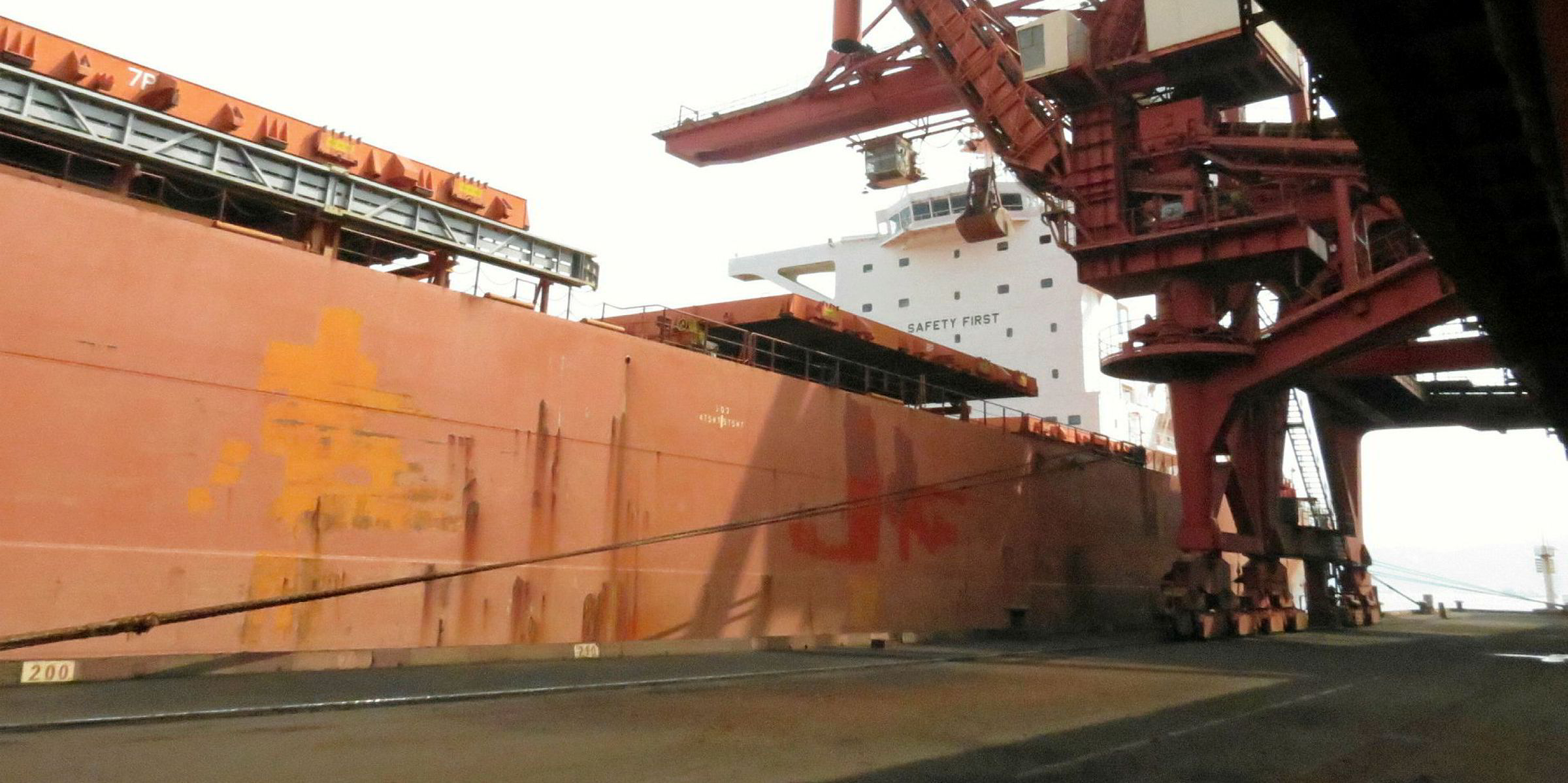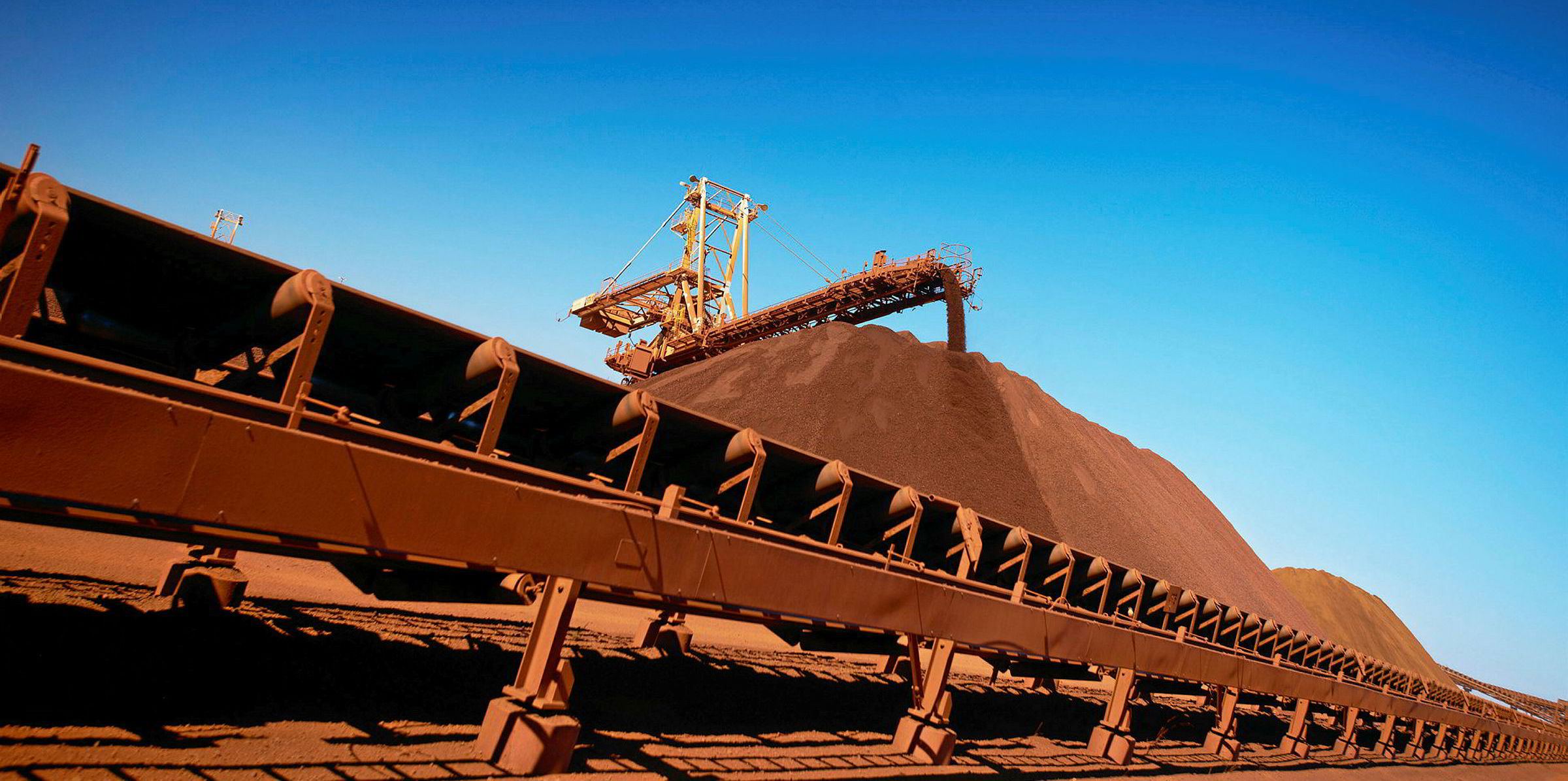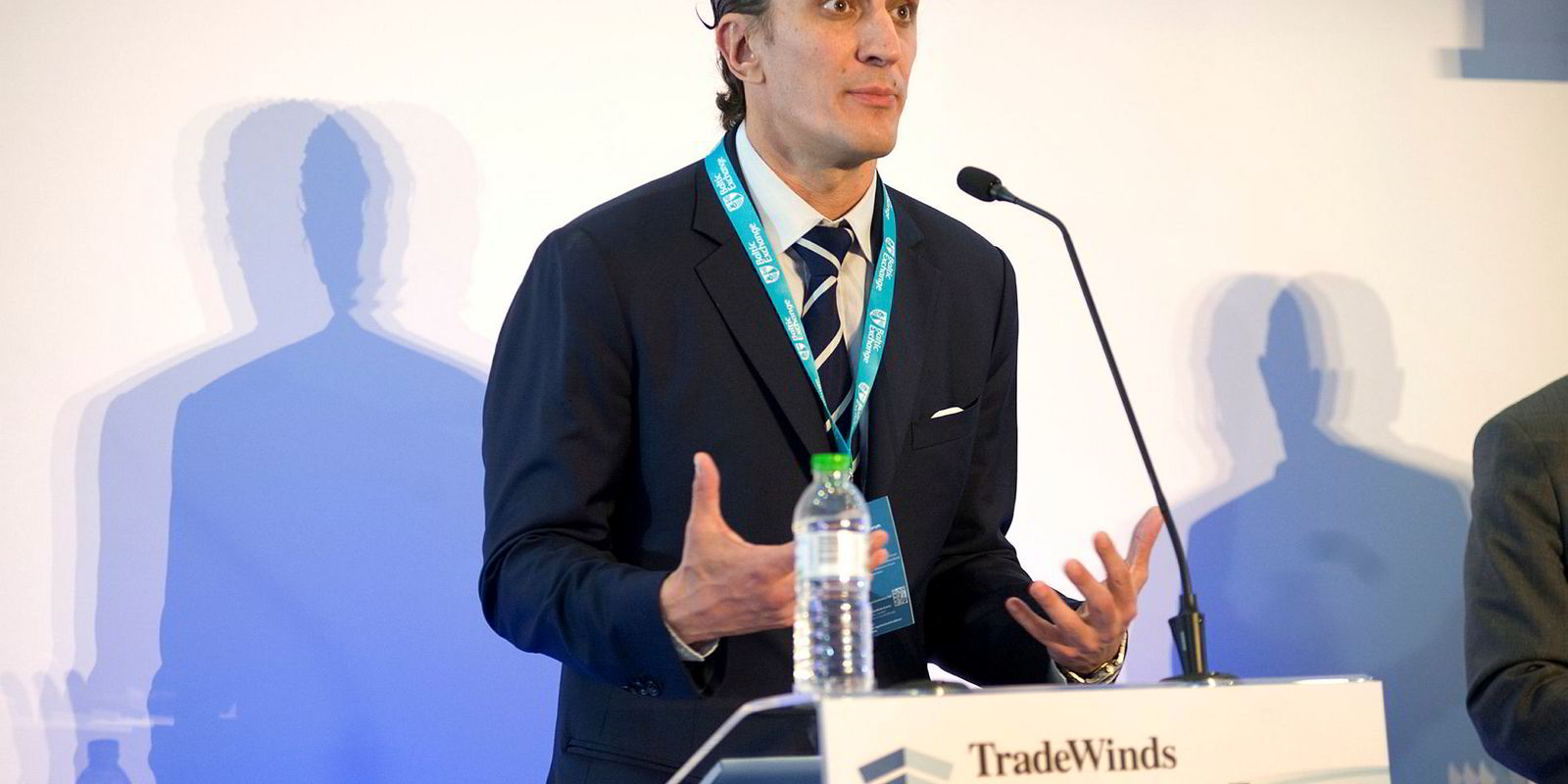A train derailment in West Australia has triggered doubts over the fourth-quarter strength of capesize markets, which were already plagued by lacklustre coal and iron ore imports to China and limited scrapping.
Having been forced to derail a runaway train in Pilbara on 5 November, BHP suspended its iron ore transport by rail to Port Hedland for nearly a week in order to repair the damaged tracks.
Following the accident, the weighted time-charter average of capesize bulkers fell to $10,760 per day at the beginning of this week, down 39.4% since the incident and the lowest since late-May.
On Wednesday, the Baltic Dry Index has slipped to just 1,009 points at what is traditionally a seasonally strong period. Capesizes were earnings just $7,987 per day, according to the Baltic Exchange.
The large drop may have reflected weak sentiment rather than market fundamentals, as the affected shipments are likely small given the quick repair.
But what is more telling is the broad sell-offs in the forward freight agreement (FFA) markets: the fourth-quarter contract was down 38% last week, the 2019 one dropped 13.2% and 2020 fell 13.6%.
According to some market participants, many FFA traders who had been bullish earlier were busy liquidating their long positions, suggesting the fourth quarter — traditionally the peak season for capesizes — may underperform market expectation.
“We still expect a market improvement before year-end, but by now it seems clear that the $40,000-per-day market many had expected will not materialise,” Fearnleys says in a note.
The median forecast for average capesize earnings in October to December is $22,500 per day in the latest Bloomberg survey of shipping analysts, down from $24,000 in the previous survey.
The downwards adjustment come as the weighted average on the Baltic Exchange has failed to break the $20,000-per-day mark since October, having achieved a strong third-quarter average of $22,200 per day.
The optimism prompted by last quarter’s market strength may now prove to be unrealistic, given that China’s cargo demand has been lacklustre in recent weeks.
Customs data shows the world’s largest steel-producing nation imported 88.4 million tonnes of iron ore in October — the lowest in four months.
China’s iron ore import volume in November may stay low, according to Bloomberg Intelligence senior industry analyst Yi Zhu, as Chinese steel mills have stocked up ahead of government-imposed production cuts to fight pollution during winter.
China's coal imports amounted to 23.1 million tonnes last month — a five-month low — as major utility firms apparently have built sufficient stocks ahead of the winter peak demand season. The figure includes all types of coal.
Data from China Coal Resource suggests coal inventories held by six major power generators stood at 17.1 million tonnes as of 9 November — a record high.

“China targets thermal coal imports to be around 2017 levels, implying the fourth-quarter volume can only reach 43 million tonnes,” said an analyst with a shipbroking firm, who did not wish to be named. “That’s down 35% year-on-year.”
On the supply side, another generation of Valemaxes is being delivered, undercutting spot requirements in Brazil at a time when scrapping remains limited amid still-decent earnings.
In the segment of 100,000 dwt bulkers or larger, Clarksons records a total of 43 bulkers — totalling 11.8 million dwt — have been delivered this year, including 15 Valemax vessels. Only 16 units totalling 2.58 million dwt have been demolished.
However, the bearish mood has yet to spread into next year.
With sulphur limits in bunker fuels to be lowered to 0.5% globally from 2020, the analyst said a big chunk of the capesize fleet aged 20 years or more will likely be scrapped next year due to uncompetitive fuel economics.
Jefferies analyst Randy Giveans described the current weakness as “temporary”.
“We still find the outlook for the dry bulk carrier market attractive in the fourth quarter and beyond given the continued Chinese preference for high-quality dry bulk commodity imports amid additional infrastructure stimulus, increasing seaborne exports from South American miners, and minimal dry bulk carrier fleet growth in the coming years,” Giveans said.
(Andy Pierce contributed to this article)






